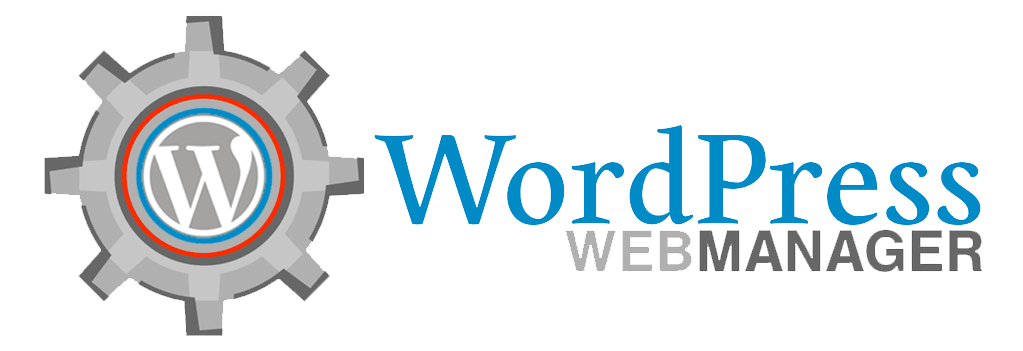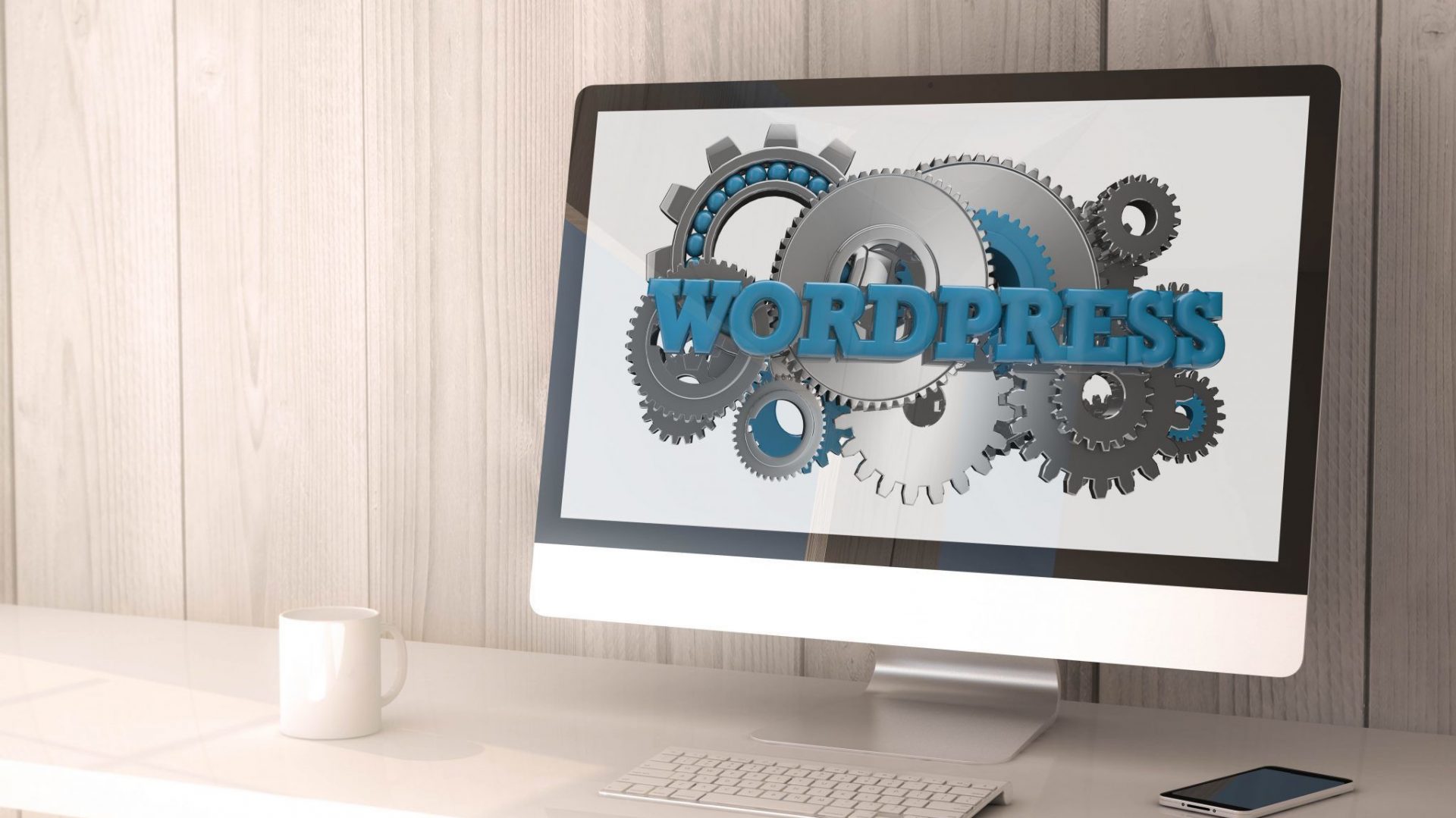Monitor WordPress For Updates
WordPress updates are very important to your WordPress blog or website. If you want to keep your blog or website up to date then you need to make sure that you do not skip WordPress updates. Luckily, you can avoid all this potential trouble by checking WordPress updates before you update your blog or website. In this article, we will show you exactly how to update WordPress website with no headaches.
WordPress has many users, and if you do not update your WordPress blog or website regularly, then you could be missing out on many users. For instance, WordPress blogs and websites that do not update often are often forgotten about and this can lead to loss of traffic and revenue for your business. Therefore, if you have an online business, you should consider using WordPress to keep track of all of your contacts and let everyone know about new developments and upgrades to your WordPress blog or website. WordPress offers many plug-ins to help you accomplish this goal.
First, let us discuss how you would go about updating WordPress without any glitches. WordPress has many themes available to you. You can use any one of these WordPress themes in conjunction with your WordPress installation. Using any of these themes will allow you to update WordPress with very little hassle. For example, if you want to change your WordPress theme to something different, then you could just search for the WordPress theme in your WordPress admin panel and choose a different theme.
WordPress also allows you to use “the WordPress dashboard” to manage several WordPress blogs or websites. To use the WordPress dashboard, you will need to login to your WordPress admin and then scroll down to where it says “Search WordPress”. Select the search box and then type the string that you are looking for and hit enter. WordPress will then display a list of themes that you can choose from.
If you want to keep WordPress up to date, then you should always test for WordPress updates whenever there is an available major version change. WordPress developers release new versions of WordPress each month and there are always major versions available. You should try and install the latest version of WordPress on your live site as often as possible. If you install WordPress on your live site, then you are always able to check for WordPress updates and always be assured that you are up to date with the WordPress code.
However, WordPress does not automatically release new features every major version. WordPress users are also encouraged to install the latest version of WordPress on their websites and then manually submit the ‘update WordPress’ button on their blog or website. WordPress has a built-in updatable plugin system that makes this process really easy. This is probably the easiest way to ensure that you are always updating WordPress. But WordPress also has an internal notification system that lets users know when there is an important new feature update available.
Another WordPress update pro tip is to disable your WordPress updating plugin while you are still in the editing stage of your post. There are two different plugins that you can use for WordPress. One plugin is called All in One WordPress which allows you to have one website for all of your personal blogs, and WordPress does not need to know about these blogs in order to update them. The second plugin is called WordPress Site Map Widget which makes it easier for you to modify your WordPress sidebar. If these two plugins are not available, then you should disable your WordPress updating plugin, then re-enable it later when you are ready to apply these updates.
WordPress is a popular content management system that is used by many bloggers around the world. WordPress was originally developed as a blogging platform for WordPress users living in the United States. WordPress started out as a free WordPress theme called WordPress Themes and has since grown into one of the most popular platforms on the web. WordPress also has a number of plugins and other add-ons which allow users to manage their websites in a number of different ways. Some of the most popular plugins include All in One WordPress, WP Rocket WordPress SEO plugins, and Themes gallery.




